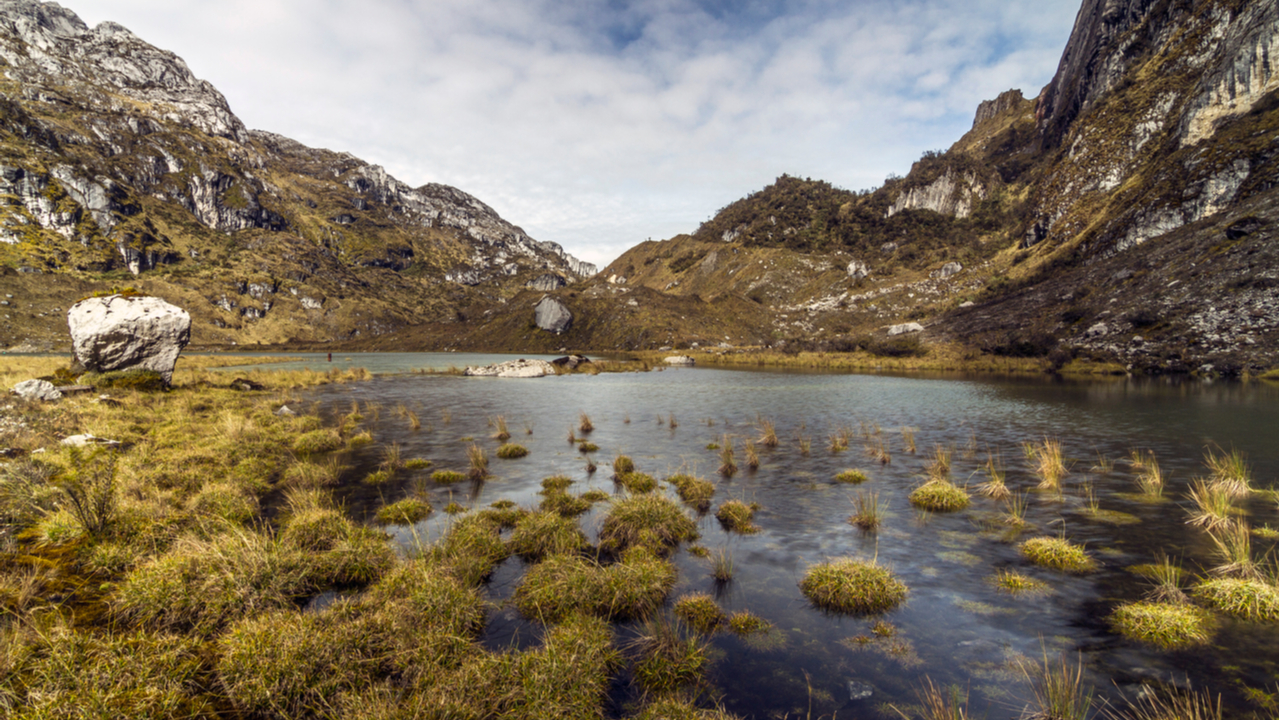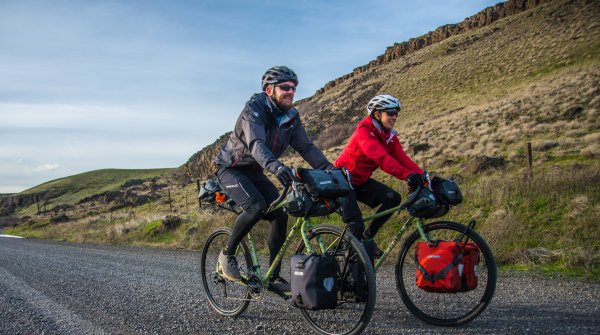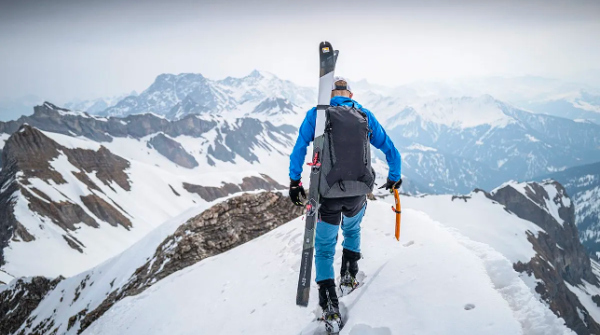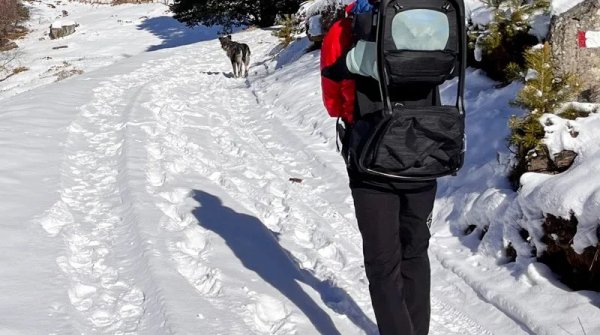
Ngga Pulu was once higher than the Carstensz Pyramid. Then the ice on its summit began to melt, it was downgraded and henceforth traded as No. 2 of the oceanic peaks. It thus fell out of the elite ranks of the "Seven Summits" to end up with the "Seven Second Summits". In other words, Ngga Pulu was no longer the representative of Oceania among the highest peaks of the continents, but only the representative of the second highest mountains in the world of alpinists. The difference is significant, as the "Seven Summits" are visited by thousands of mountain enthusiasts every year, while the second guard leads a rather lonely existence.
The Ngga Pulu as Seven Second Summits? This glory has also been over for years, as climate change has gained momentum. With the melting of its gigantic ice cap, Ngga Pulu lost massive height year after year. Other mountains in the Maoke range that were less glaciated passed it by. Ngga Pulu became a prominent victim of the climate catastrophe.
In addition, discussions began as to whether it is an independent peak at all. Various factors play a role here, including topographical prominence. If the relationship to the neighbor is too close, one is quickly demoted to a secondary peak. So far, it does look like Ngga Pulu will retain its autonomy. But there are dissenting voices. So the website 8000ers.com says about Ngga Pulu: (translated) "... first of all it is not an independent mountain at all. The saddle to Carstensz Pyramid is only about 200 meters lower than the highest summit point." If one considers it as independent, the following comparison says, one would also have to count the eastern peak of Elbrus as the second highest mountain in Europe.
Ngga Pulu was first climbed on 5 December 1936 by Anton Colijn, Jean Jacques Dozy and Frits Wissel. The Dutchmen chose the route from the south, which today is also considered the normal route for mountaineering. Other expeditions followed, including one in 1962 led by Austrian climber and author Heinrich Harrer. In this case, however, the Ngga Pulu was only a sideline, as the primary objective was the first ascent of the Carstensz Pyramid, the highest peak on the continent. For the expedition from the Netherlands, the Carstensz Pyramid had not been a compelling goal 26 years earlier. At that time, the ice layer on Ngga Pulu was still thick enough to beat the neighbouring peak in height. So Colijn, Dozy and Wissel were certainly standing on the highest point of the massif at that time, even without tackling the neighbouring Carstensz Pyramid.
Ten years later, the Englishman Dick Isherwood, now deceased, successfully chose the previously untouched route over the north face of Ngga Pulu. He climbed alone and had previously mastered the south route as part of a team.
Expeditions to the Carstensz Pyramid are offered by various operators, but organized individual offers for mountaineering on Ngga Pulu are rare. The prices for participating in a mountain expedition in the region vary greatly. Including flight from Europe, you should expect at least 9,000 euros plus incidental expenses.
 Trade fairsExhibitor checklist
Trade fairsExhibitor checklist OutDoor by ISPOOutDoor by ISPO: Downloads
OutDoor by ISPOOutDoor by ISPO: Downloads





